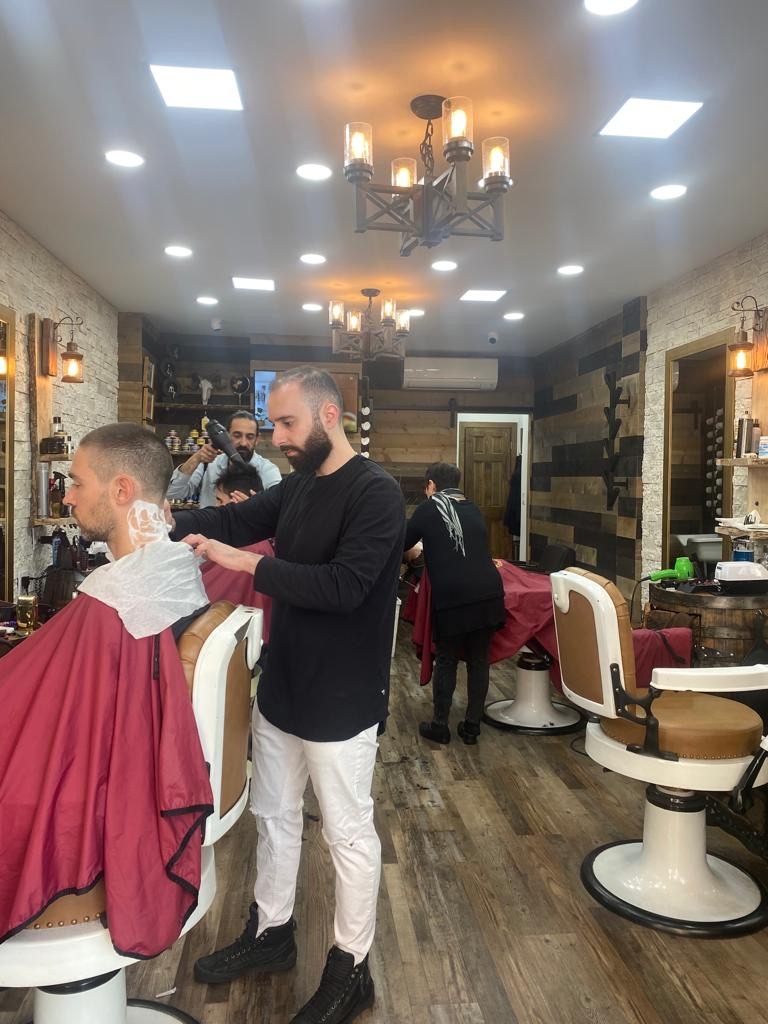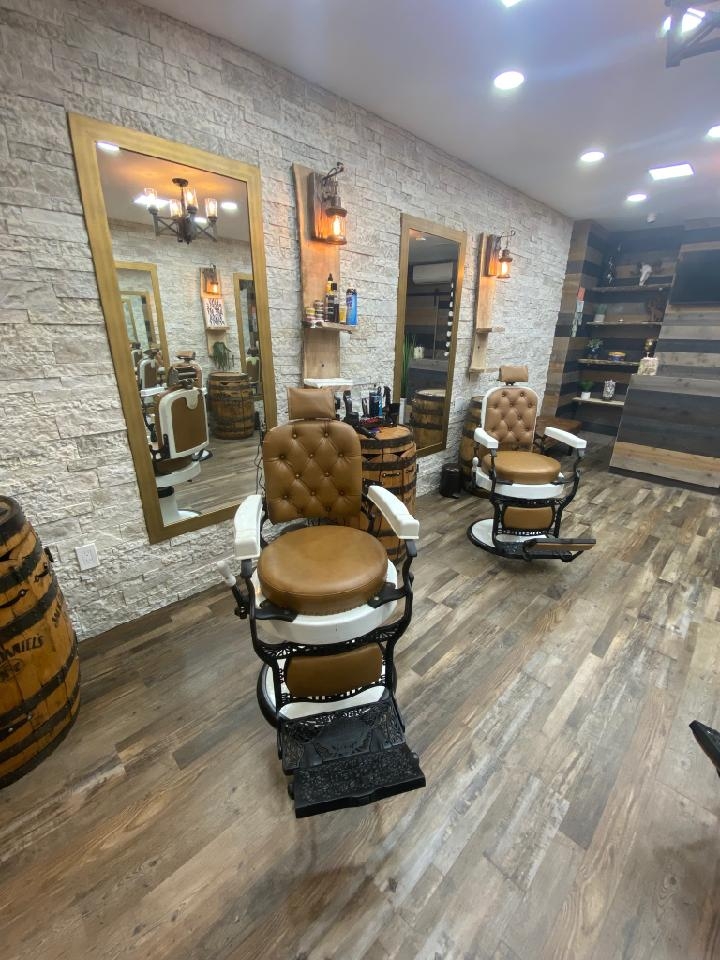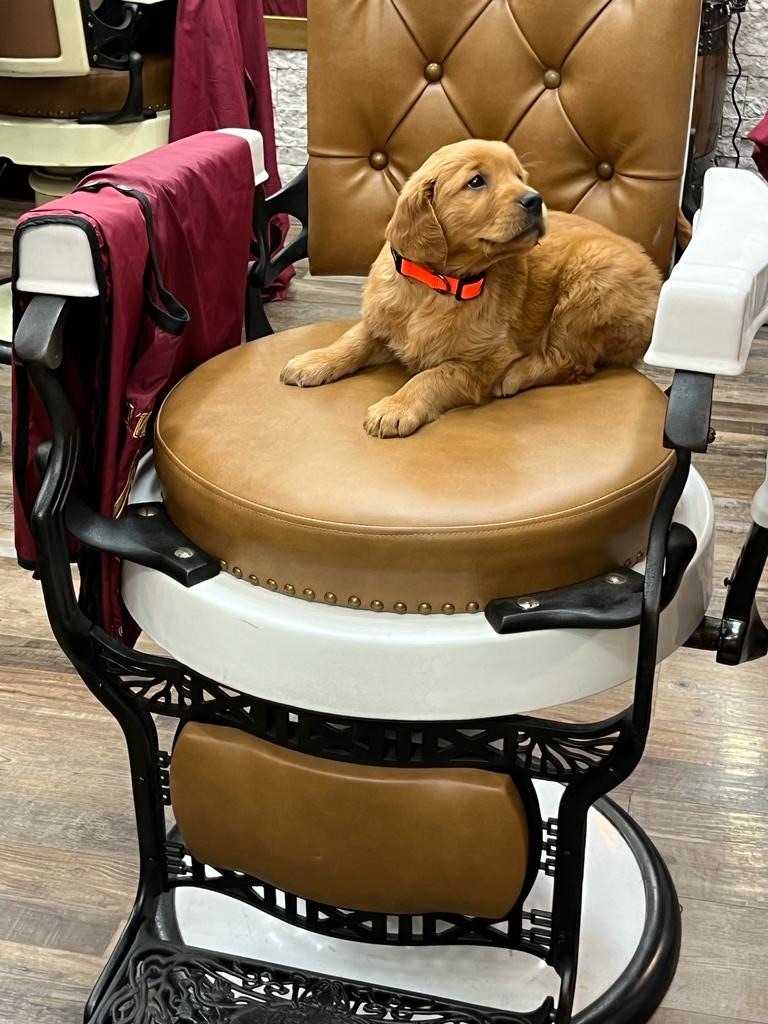Patchy Beard Solutions
How can someone with a patchy beard improve hair growth in sparse areas?
To improve hair growth in sparse areas of a patchy beard, individuals can try using minoxidil, a topical solution that has been shown to promote hair growth. Additionally, maintaining a healthy diet rich in vitamins and minerals, staying hydrated, and reducing stress levels can also help stimulate hair growth in those areas. Regularly exfoliating the skin beneath the beard can also help remove dead skin cells and promote healthier hair follicles.



